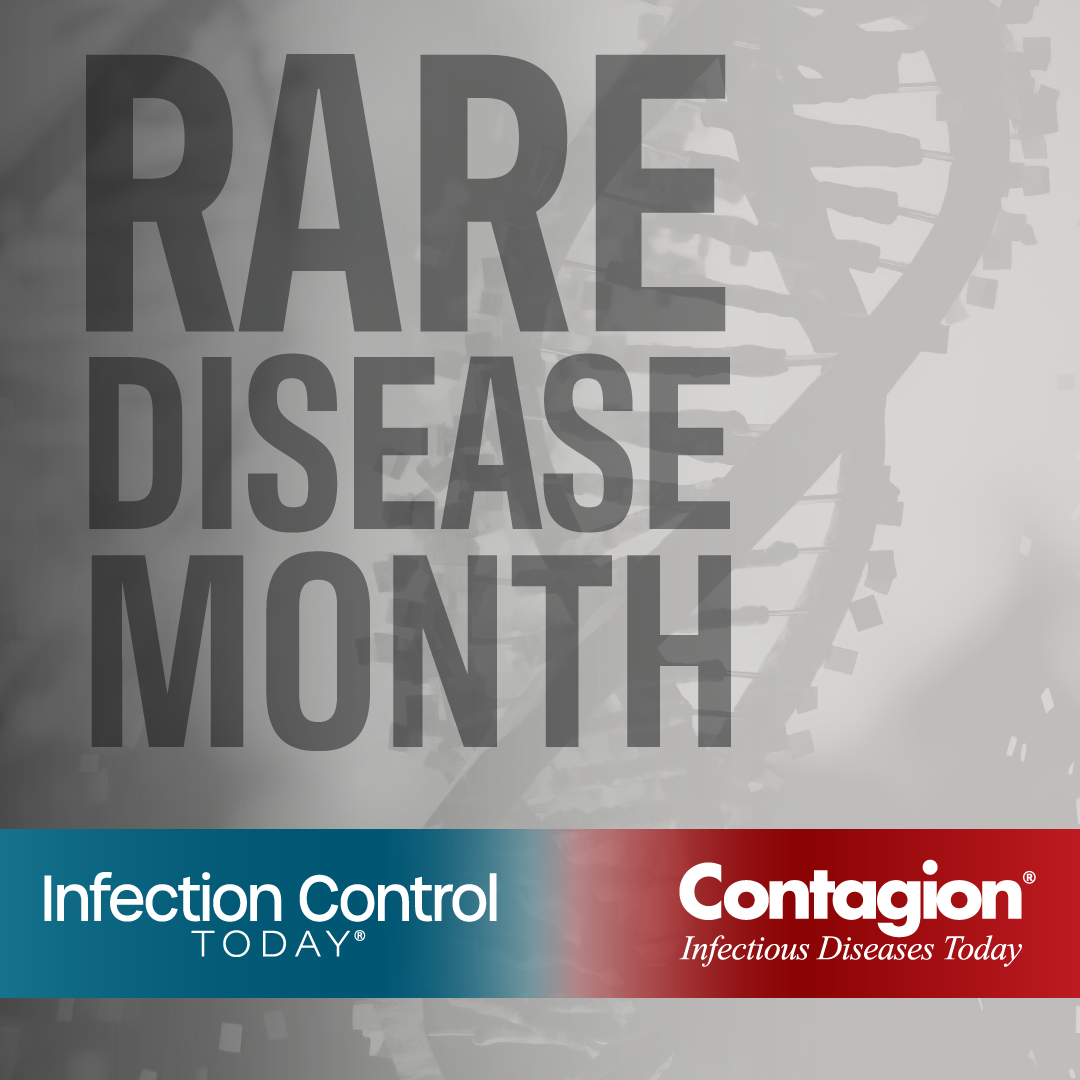Public Washroom Cleanliness and Microbiological Investigation of Hand Hygiene Facilities

Many people use handwashing and hand-drying facilities in public washrooms under the impression that these amenities are hygienic. However, such facilities may be potential sites for the transmission of pathogenic bacteria. This study by Suen, et al. (2019) aimed to examine the hygiene facilities provided including handwashing and hand-drying facilities in public washrooms. Total bacterial counts and species identification were determined for hand-drying facilities. Antimicrobial susceptibilities were performed.
The bacterial contamination levels of 55 public washrooms ranging in category from disadvantaged communities to high-end establishments, were examined. The hygienic environment and facilities of the washrooms were analysed using an electronic checklist to facilitate immediate data entry. Pre-moistened sterile swabs were used to collect samples from areas around the outlet of paper towel dispensers, air outlet of air dryers, exit door handles and paper towels in the washrooms. Total bacterial counts were performed and isolates identified using matrix-assisted laser desorption ionisation time-of-flight mass spectrometry. Antimicrobial susceptibility was determined by disk diffusion.
The high- and middle-income categories washrooms generally had cleaner facilities and environment followed by those in low categories. Fifty-two bacterial species were identified from the 55 investigated washrooms. Over 97% of the pathogenic Staphylococcus spp. tested were resistant to at least one first-line antimicrobial therapeutic agent, including penicillin, cefoxitin, erythromycin, co-trimoxazole, clindamycin and gentamicin, and 22.6% demonstrated co-resistance to at least three antimicrobial agents, with co-resistance to penicillin, erythromycin and clindamycin being the most common.
The researchers say their findings suggest that hand-drying facilities in public washrooms can act as reservoirs of drug-resistant bacteria. The importance of frequent cleaning and maintenance of public washrooms to promote safe hand hygiene practices for the public are emphasised.
Reference: Suen LKP, et al. The public washroom - friend or foe? An observational study of washroom cleanliness combined with microbiological investigation of hand hygiene facilities. Antimicrobial Resistance & Infection Control. 2019;8:47
The Guardians of Animal Health: Who Are Veterinary Infection Preventionists?
March 21st 2025Veterinary infection control experts Leslie Kollmann, BS, AAS, CVT, CIC, Denise Waiting, LVT, and Leslie Landis, LVT, BS, discuss challenges, zoonotic disease risks, and the importance of education, collaboration, and resource development in animal care facilities.
The Latest on CLABSIs and CAUTIs: Evidence-Based Approaches for Infection Prevention
February 27th 2025Health care–associated infections like CLABSIs and CAUTIs threaten patient safety. Learn evidence-based strategies, new technologies, and prevention protocols to reduce these infections and improve outcomes.
Resilience and Innovation: The Pivotal Contributions of Black Americans to Health Care and Medicine
February 24th 2025During Black History Month, we honor the resilience and contributions of Black medical professionals in health care. Despite barriers, they have led transformative changes, advocating for equitable access and medical excellence. Recognizing their impact ensures a more inclusive health care future for all.
Glove Usage Guideline: From The Joint Commission, CDC, and World Health Organization
February 17th 2025Proper glove use is crucial in health care settings to prevent infections. Guidelines from TJC, CDC, and WHO stress correct selection, usage, and disposal to minimize health care–associated infections (HAIs) and cross-contamination risks. Infection preventionists (IPs) play a key role in educating staff, enforcing compliance, and improving patient safety through standardized glove practices.










